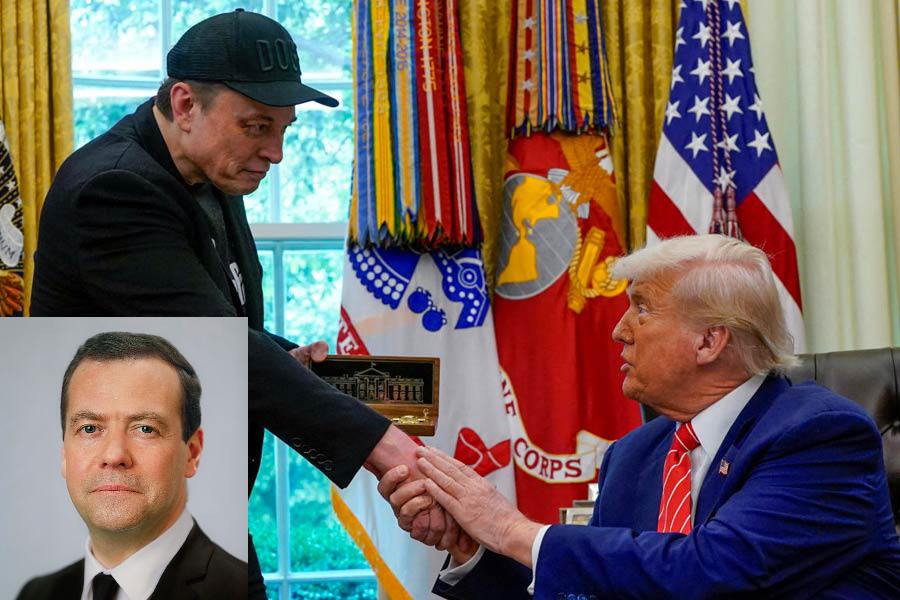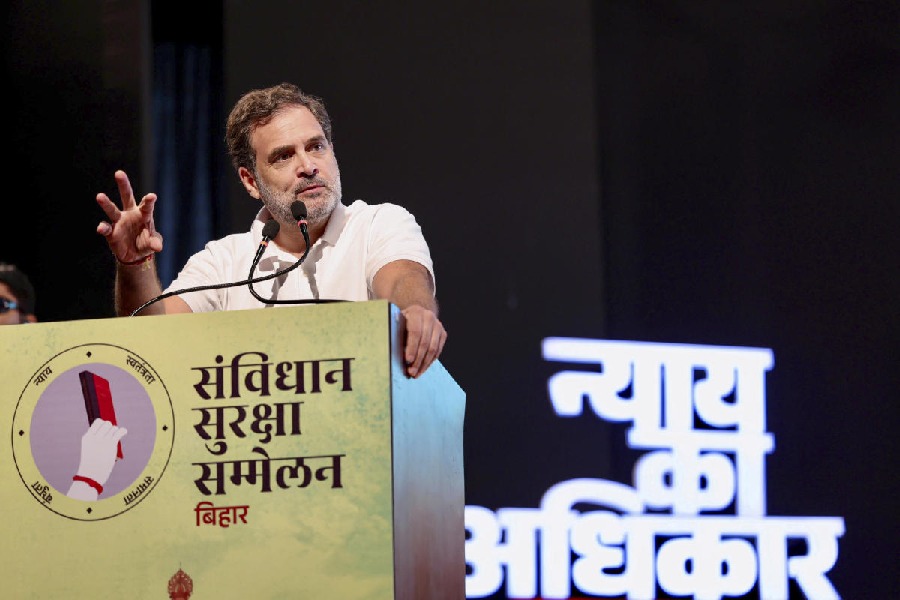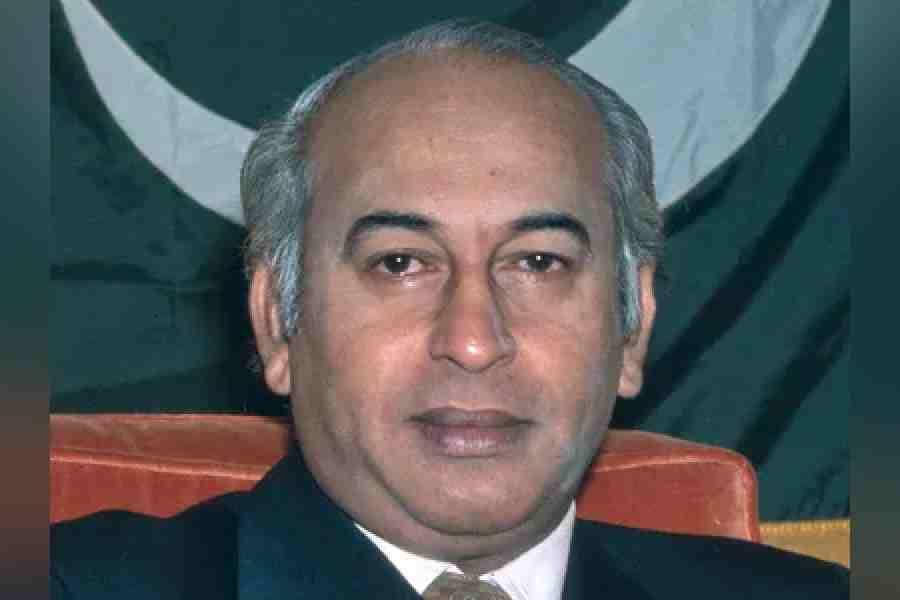 |
| Naga official Ali Ba sings during the meet at Mokokchung on Friday. Telegraph picture |
Jorhat, Feb. 25: Intellectuals dug into history and propounded the theory of inter-regional marriages to wash away the animosity on the Assam-Nagaland border at a confidence-building meeting at Tzuremenn village in Mokokchung today.
Amid song and poetry, academicians, politicians and social activists tried to find a solution to the vexed Assam-Nagaland border issue.
Naga official Ali Ba even regaled the audience with Assamese songs and translated Nagamese and Bihu numbers into both languages.
Most speakers stressed on bringing back the good ties that prevailed between the Nagas and Assamese during the 600-year rule of the Ahoms.
Professor Girin Phukan of the Institute of Tai Studies and Research suggested that one of the ways was to start inter-regional marriages to foster assimilation and integration.
“The Ahoms had brought very few girls with them when they crossed the Patkai ranges from Southeast Asia and the Ahom policy was to marry the local girls here. Instead of adopting their policy to build trust and amity, we are fighting among ourselves,” Phukan rued.
S.I. Jamir, MLA of Dimapur 2, stuck to the thought of such unions, regretting that he was not young enough to do so.
He hoped that the relationship that existed between the politicians could also be revived.
Three MLAs — Jamir, Sentichuba (from Angat pan yang constituency), C. Apok Jamir (Mokokchung) — and parliamentary secretary T. Saku Aier were present on the occasion, besides Mokochung deputy commissioner L Chisi.
Those invited from the Assam side — Rana Goswami from Jorhat, Rupjyoti Kurmi of Mariani and Pradip Hazarika from Amguri — were conspicuous by their absence but were generously excused “for being busy with the forthcoming polls in Assam”.
The meet also resolved to take history to the people living along the borders.
“Since they are the ones who are most affected by the conflict, it is they who should know what the history books tell us about the relationship that we once shared,” a student leader said.
The general feeling was that the British were to blame for sowing the seeds of division and this was taken up by subsequent governments at the Centre so that a divided Northeast could be easily ruled.










